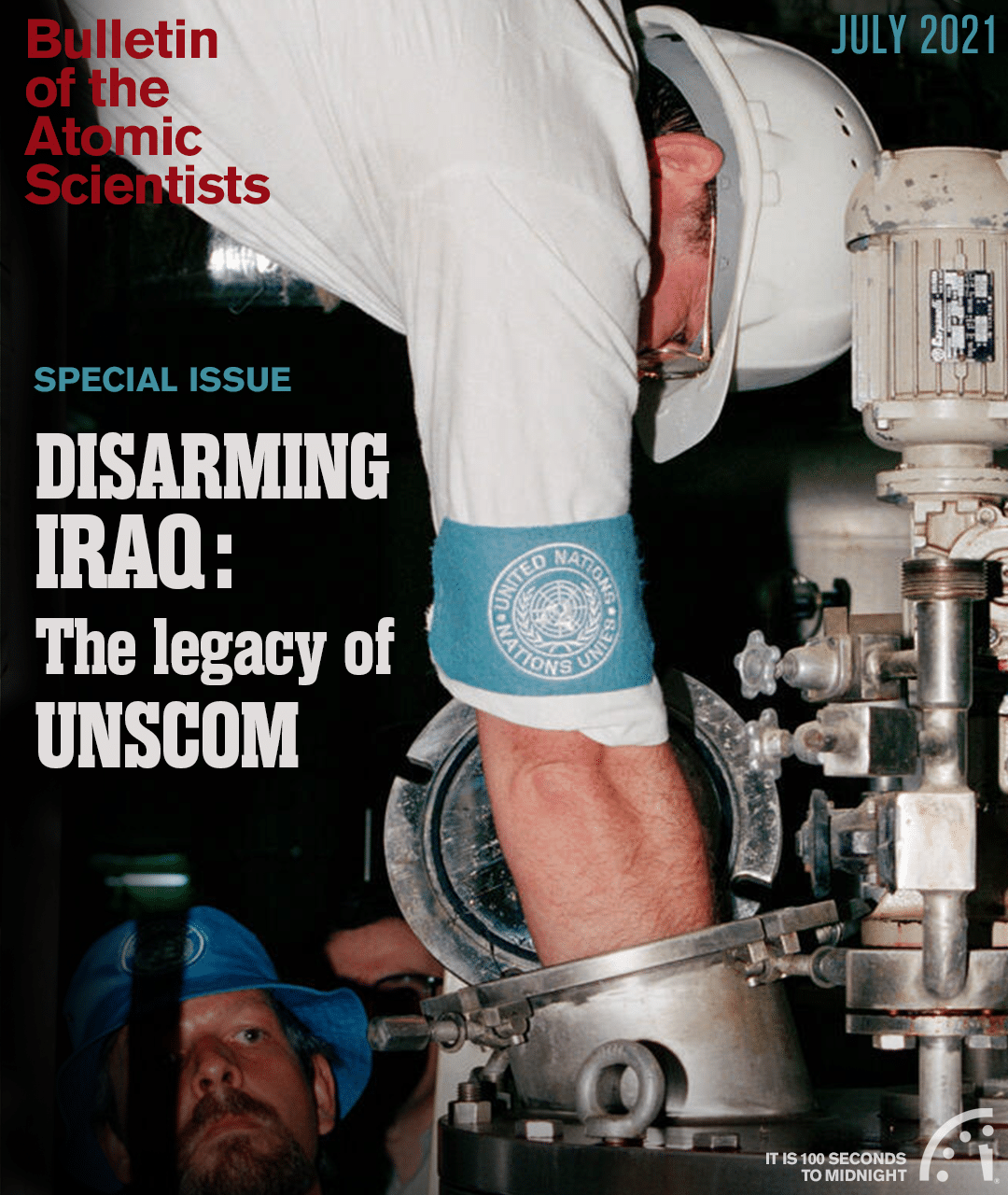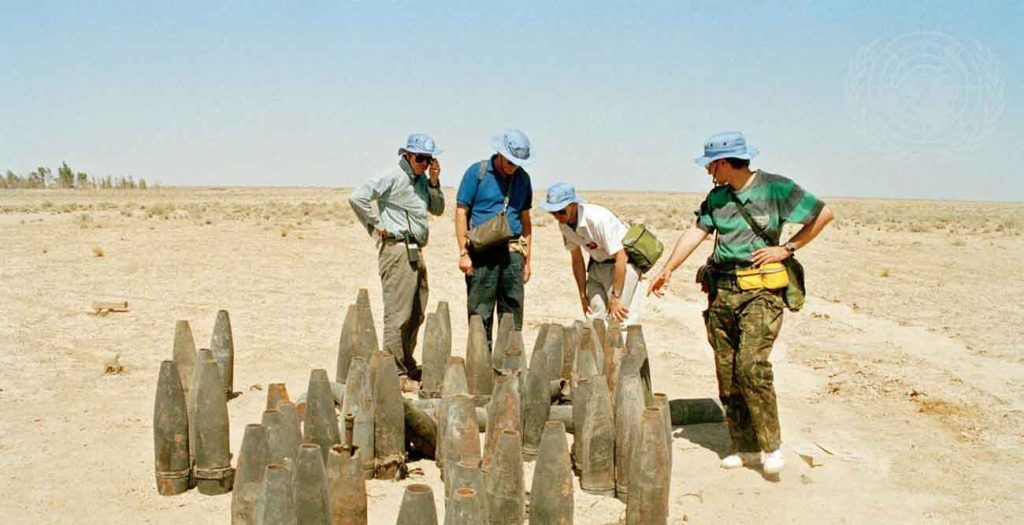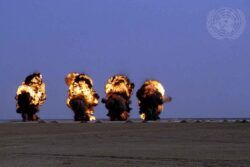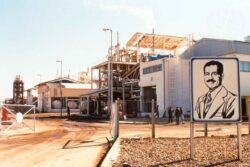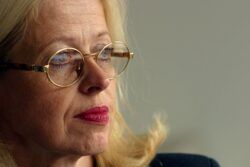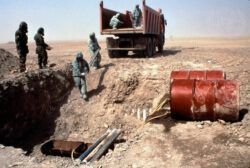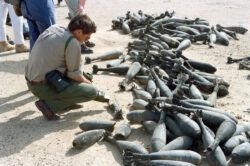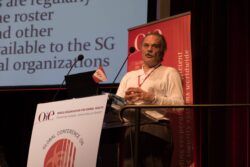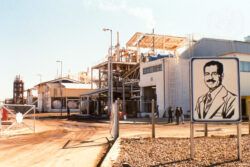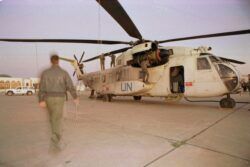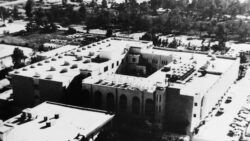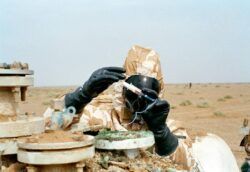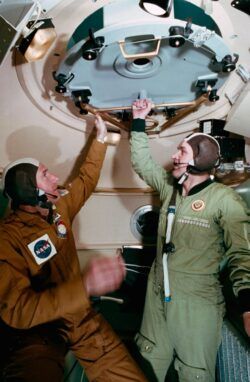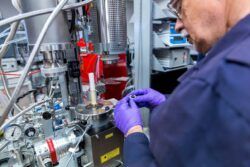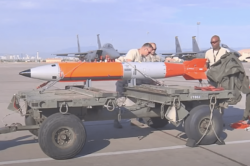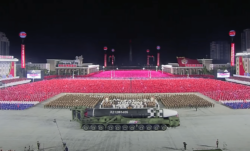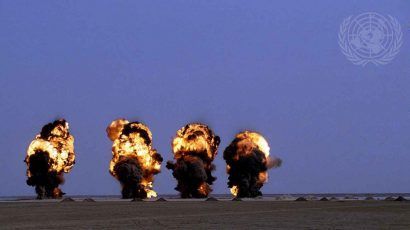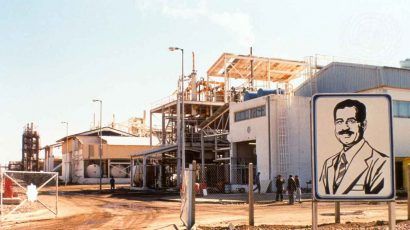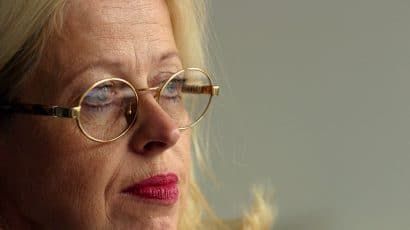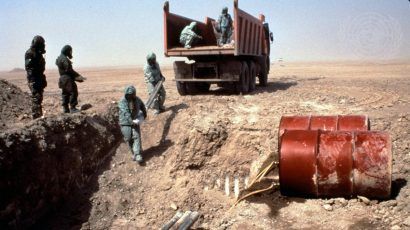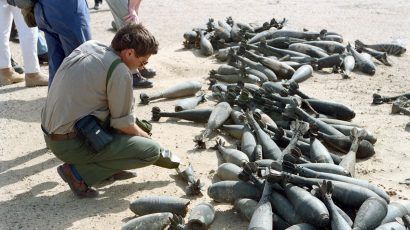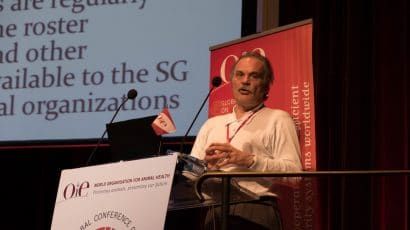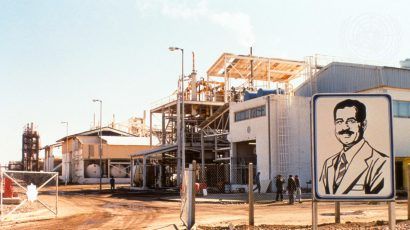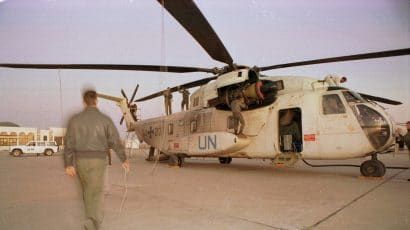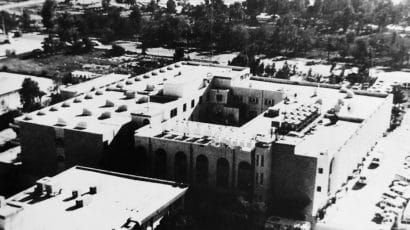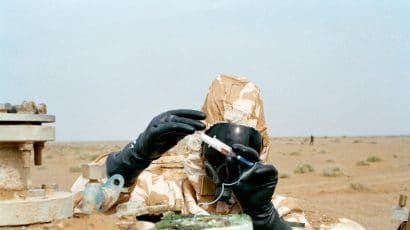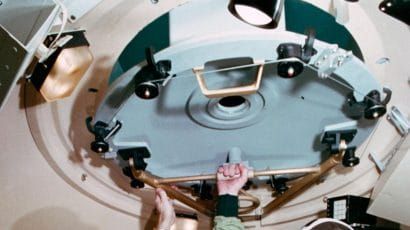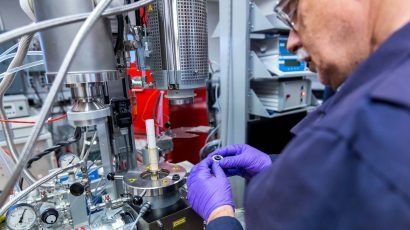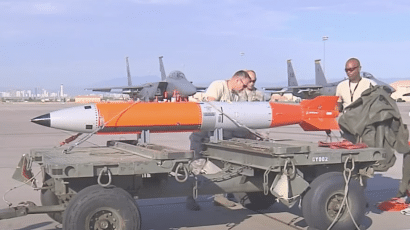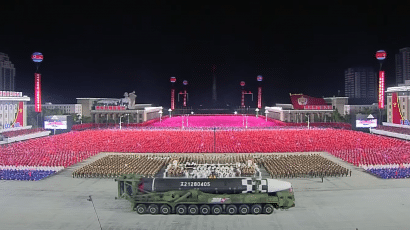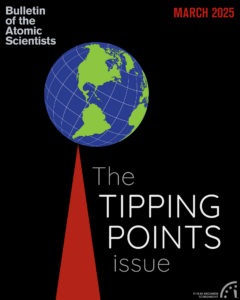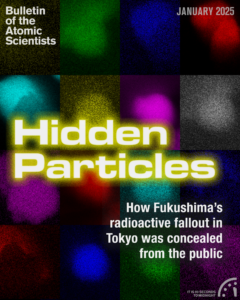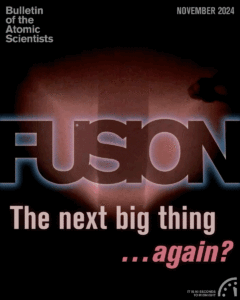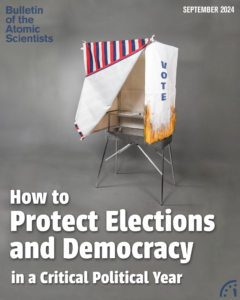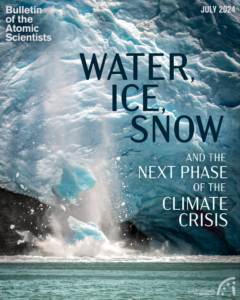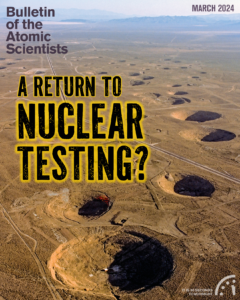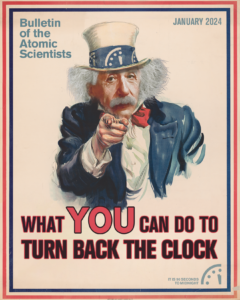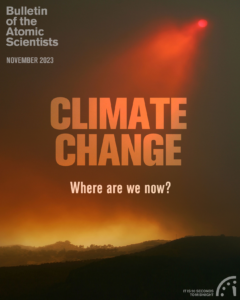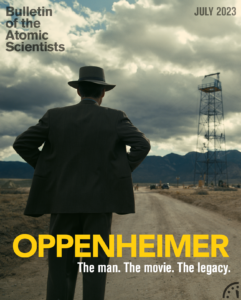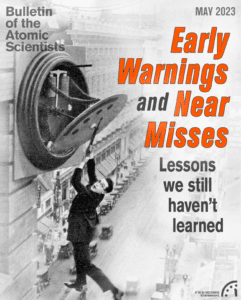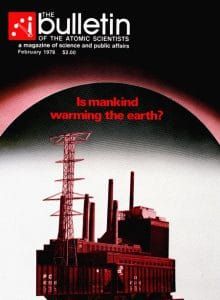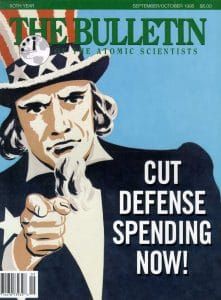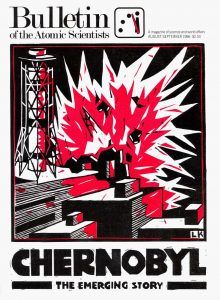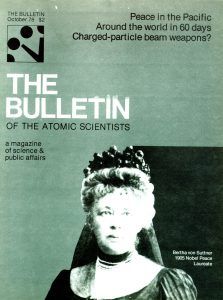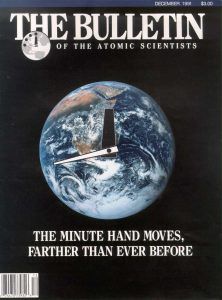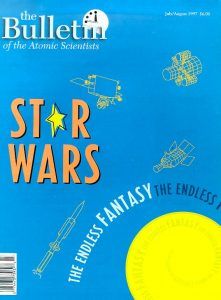DIGITAL MAGAZINE
July 2021
DIGITAL MAGAZINE
July 2021
UNSCOM bioweapons inspectors at a facility in Iraq, October 1991.
(UN photo; cover by Thomas Gaulkin)
Introduction: UNSCOM and the future of WMD verification
Between two wars
Puzzling out the Iraqi biological weapons program
Monitoring Iraq’s dual-use capabilities: An interview with Gabriele Kraatz-Wadsack
UNSCOM: A successful experiment in disarmament
The many lessons to be drawn from the search for Iraqi WMD
Perspectives on UNSCOM and UNMOVIC: An interview with Nikita Smidovich
Some long-term effects of UNSCOM: People are important, or, therein lies much of the problem
How countries can build on UNSCOM’s legacy to solve today’s problems
A perspective on UNSCOM culture
UNSCOM’s work to uncover Iraq’s illicit biological weapons program: A primer
It’s time to reignite US-Russia cooperation in space. Nuclear power may hold the key
Can small modular reactors help mitigate climate change?
Do Germany and the Netherlands want to say goodbye to US nuclear weapons?
Nuclear Notebook: How many nuclear weapons does North Korea have in 2021?
Between two wars
Puzzling out the Iraqi biological weapons program
Monitoring Iraq’s dual-use capabilities: An interview with Gabriele Kraatz-Wadsack
UNSCOM: A successful experiment in disarmament
The many lessons to be drawn from the search for Iraqi WMD
Perspectives on UNSCOM and UNMOVIC: An interview with Nikita Smidovich
Some long-term effects of UNSCOM: People are important, or, therein lies much of the problem
How countries can build on UNSCOM’s legacy to solve today’s problems
A perspective on UNSCOM culture
UNSCOM’s work to uncover Iraq’s illicit biological weapons program: A primer
It’s time to reignite US-Russia cooperation in space. Nuclear power may hold the key
Can small modular reactors help mitigate climate change?
Do Germany and the Netherlands want to say goodbye to US nuclear weapons?
Nuclear Notebook: How many nuclear weapons does North Korea have in 2021?
UNSCOM bioweapons inspectors at a facility in Iraq, October 1991.
(UN photo; cover by Thomas Gaulkin)
Subscribe now
We've relaunched the Bulletin's award-winning digital magazine. Get access to every issue and our archive going back to 1945.
Magazine archive
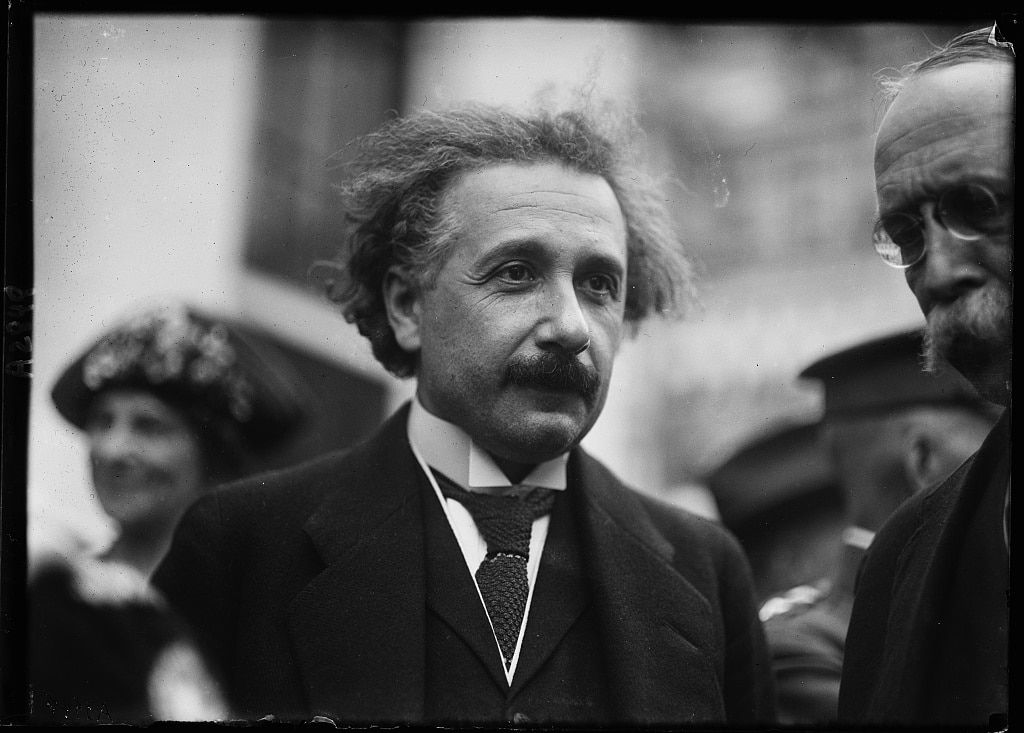
Premium subscribers can read the complete Bulletin of the Atomic Scientists’ archive, which contains every article published since our founding in 1945.
This archive was created in honor of John A. Simpson, one of the Bulletin’s principal founders and a longtime member of its Board of Sponsors. This searchable archive provides exclusive online access to original interviews and commentary by luminaries like Albert Einstein, J. Robert Oppenheimer, Ruth Adams, John F. Kennedy, Stephen Hawking, Christine Todd Whitman, US Secretary of Defense William J. Perry, and multiple Nobel laureates.
